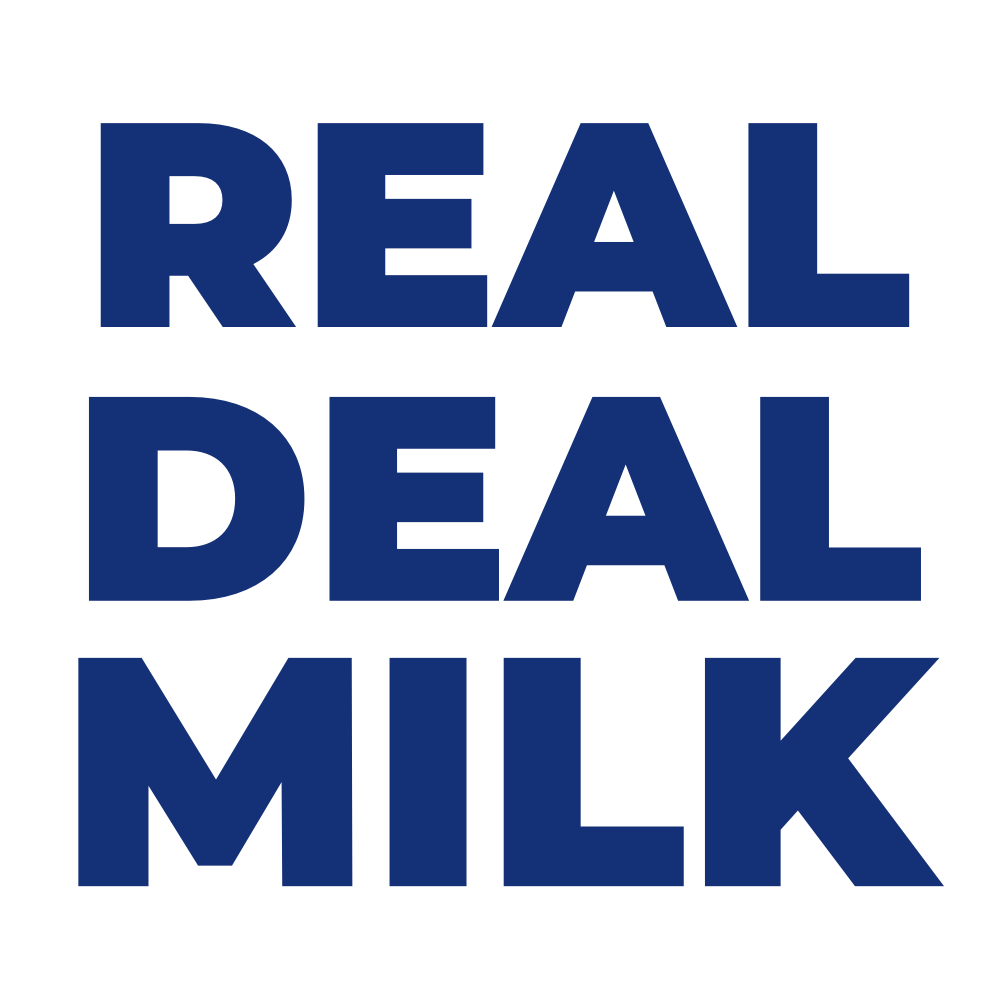Why we’re worried about water
Water is a precious resource, and agriculture is guzzling through it.
In the Western world, it may be harder to realise the extent of water scarcity when a continual flow starts gushing out at the turn of a tap. However, this is not the case for the whole population.
Across the globe, 4 billion people experience water scarcity during at least one month of the year. With the current situation set to worsen, the UN predicts that by 2030, 700 million people could be displaced by water scarcity (UN). This is as a result of stressed water systems, where rivers and lakes are drying up or becoming too polluted to use (WWF), thus diminishing people’s water source.
Agriculture not only equates to an enormous percentage of freshwater usage but also causes waterways pollution—a double hit of negative consequences.
Water and agriculture
It takes 144 litres of water to produce 1 litre of milk (WWF. 2019)! Isn’t that madness?
Agriculture devours 70% of the world’s water resources, with vast quantities consumed in dairy farming. The main issue isn’t that the cows need to drink. It’s their need to eat. These hefty animals consume a vast amount of crops to keep them going, and for the crops to grow, they need regular watering. So 93% of this 144 litres is used to water the cow’s feed (WWF. 2019). Therefore, we are wasting valuable water supplies, which are becoming in shorter and shorter supply, on an inefficient food production system.
Water pollution
Cow’s poop and pee a lot, so unsurprisingly, they’re heaping up around 65 litres of manure every day (WWF. 2019).
The manure is then stored in either pits or lagoons, waiting to be sprayed on the fields. As the manure leaks from the pits and is sprayed over the fields, it runs off to pollute surface and groundwater (Food Print). This contamination contains veterinary medicines such as antibiotics and hormones, pesticides and other agrochemicals (FAO. 2017). The build-up of these residues in waterways damages aquatic ecosystems and impacts their biodiversity (FAO. 2017), as well as inflicting negative impacts on human health, such as through the build-up of nitrates in drinking water (Food Print). As a result, 38% of water bodies in Europe are now under pressure from agricultural pollution (FAO. 2017).
Saving water
The impacts of animal agriculture on our water supplies are detrimental. From cattle’s large consumption of freshwater to their enormous expulsion of waste, the consequences are devastating. Water shortages will become ever more common on our current trajectory, putting people’s lives at risk. So we must start taking more care of our water sources. Therefore, animal agriculture has to go, and in its place, cellular agriculture will produce the same products with far lower water use and avoid the masses of manure polluting waterways.
RethinkX predicts that water consumption in cattle farming will fall 50% by 2030, leading to a 75% decrease by 2035, due to new technologies in the food production process replacing animal agriculture and the fall in demand for cow products (RethinkX. 2020).
The threat of water scarcity to such a large proportion of the global population is terrifying. We must implement more effective food production systems to save this crucial resource and prevent its contamination. So it’s time for cows to move over and let microbes take up the reins of milk production.
References
FAO. 2017. Water pollution from agriculture: a global review. http://www.fao.org/3/i7754e/i7754e.pdf
Food Print. How industrial agriculture affects our water. https://foodprint.org/issues/how-industrial-agriculture-affects-our-water/
RethinkX. 2020. Food and agriculture: Executive summary. https://www.rethinkx.com/food-and-agriculture-executive-summary
UN. Water scarcity. https://www.unwater.org/water-facts/scarcity/
WWF. Threats: water scarcity. https://www.worldwildlife.org/threats/water-scarcity
WWF. 2019. Milk’s impact on the environment. https://www.worldwildlife.org/magazine/issues/winter-2019/articles/milk-s-impact-on-the-environment



